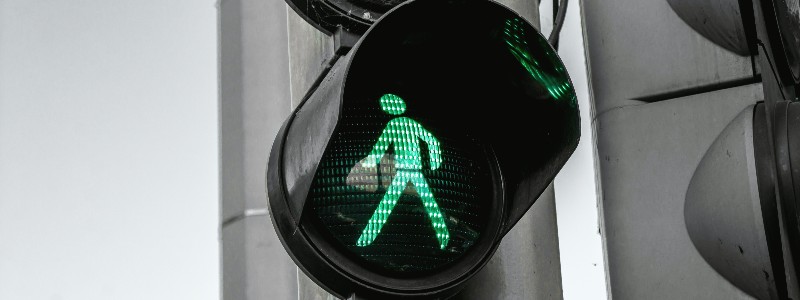

The law requires cars to come to a complete stop (at a stop sign or red traffic light), and because of the stopping requirement, any pedestrians wishing to cross the street may do so.īut, what if there’s a marked crosswalk, but no stop sign or traffic signal “controlling” the area? What about when no designated crosswalk is visible? Should the motorist be responsible? In California, the law describes both the responsibilities of the pedestrian, and the motorist. Unfortunately, the law on the topic is a bit confusing and not as straightforward as one would think.Įveryone is familiar with the pedestrian crosswalk at a traffic light or stop sign. In fact, the saying that “the pedestrian always has the right of way” is just that: only a saying and not law. I am here to give you the answer attorneys love to give to open-ended questions: It depends. However, I will point out some local codes and ordinances for you to weigh your options in order to peacefully remedy your situation.

To start, while my tone is causal and jokes may be corny, none of my suggestions should be taken as legal advice, nor does it create any attorney-client relationship. These are some of the most contested cases by insurance companies, and often require decisions by juries. My office gets flooded with potential cases where people are stuck by cars and injured.

Do pedestrians really have the right of way all the time?” – Tina S. After that, I tried to research it and was confused.
Does the pedestrian always have the right of way driver#
To read more articles like this one click here.“My boyfriend and I were crossing the street one night, and a driver yelled at us. This provides us the opportunity to grow our audience and continue to provide the latest in traffic science, technology and insights. You can visit to learn more.Īs always, if you enjoyed this article please like and share. Before closing our discussion, Constable Kelly provided a link that provides more information on pedestrian safety here in Alberta. At the end of the day, human life is more important than a dispute over right of way. This does not mean that motorists should disregard pedestrians they think may be looking to cross, the obvious approach would be to proceed with caution and yield if necessary. This holds true even if the pedestrian extends and arm and uses the “crossing signal”. The pedestrian who attempts crossing at a point in a roadway that does not have a crosswalk risks a citation. Constable Kelly went on to explain that when on a roadway, vehicles have the right of way. Can you get a fine for passing a pedestrian who appears to want to cross the road?Ĭontrary to popular belief the answer to this question is no. This act helps motorist identify people looking to cross and potentially aids in the reduction of incidents. This involves the pedestrian extending their arm and pointing at the opposite curb. She advised that all crossings, regardless of the control measures, should be preceded with the “crossing signal”. She also explained that ‘pedestrians have right away at all “corner to corner” crossings at uncontrolled or unmarked intersections’. To paraphrase the conversation, she stated that ‘pedestrians DO have the right of way at controlled signals, only when the “walk man” is illuminated, and at crosswalks’. Constable Kelly was very helpful and both her and her colleges were happy to answer our questions.

This means that there is in fact an “illegal” aspect to this act.Ĭan-Traffic Services recently met with Constable Chantelle Kelly at the Sherwood Park RCMP detachment to learn more on the matter. Right of way, as defined by Wikipedia, is “the legal right of a pedestrian, vehicle, or ship to proceed with precedence over others in a particular situation or place”. As with vehicles, pedestrians are bound by a strict set of laws, that when violated, can result in various charges or fines, or at least that is the case here in Alberta. So, do pedestrians always have the right of way? Short answer, no they do not.


 0 kommentar(er)
0 kommentar(er)
